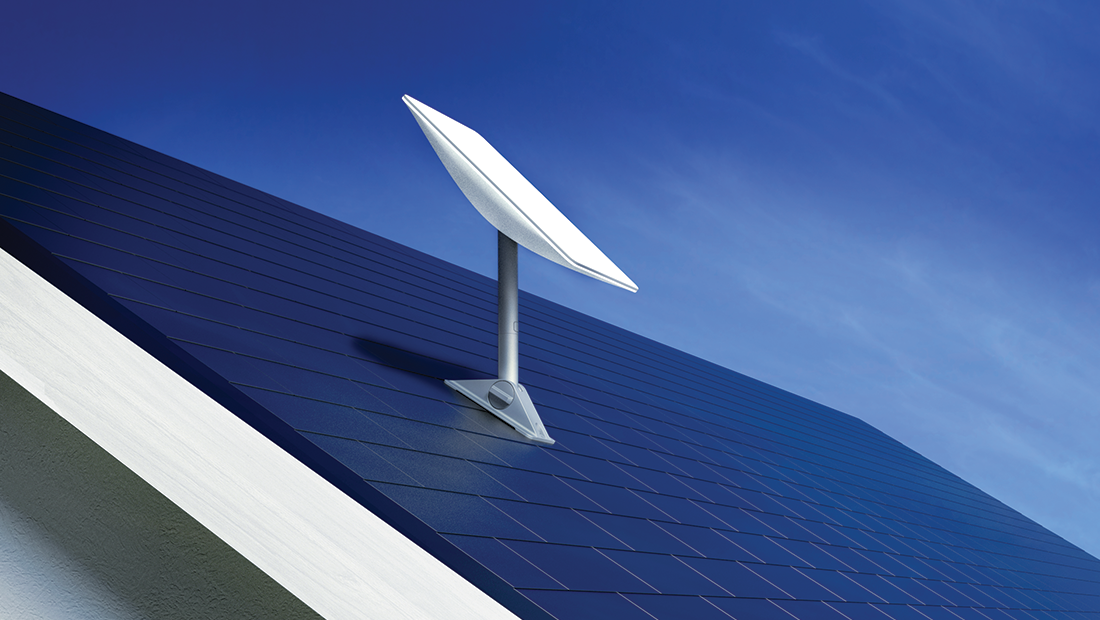Hydraulicjump
Senior Member
There is a terrific and long thread on Starlink on the forum that will answer more questions than you can think of. But I have one for Helmsman owners who have Starlink.
We got our RV Starlink today. I set it up in the backyard in Davis in 15 minutes and got blazing download speeds and pretty slow upload speeds, which is apparently normal. So far so good. We will try it out next week on what is hopefully the last cruise on our RT29-CB in the Salish Sea before adopting our 2020 Helmsman 38e late in August.
So now the hunt begins for how to best install or just manage the Starlink. At this point, I am not ready to do the technical challenge of powering it with DC. And I will be cautious about drilling holes, of course.
I am just wondering what folks with Helmsmans do about the antenna, whether you just set it up each time and somehow snake the cable into the cabin (short of leaving a door or window open, can't see how this is done) or if you have drilled the necessary holes to get the wiring inside and where did you mount it. We will have a mast, rather than an arch, with radar and VHF antennas.
Just fishing for ideas because if this works as planned it solves a whole lot of work from the boat problems, which I still have to do to pay for the boat.
Jeff
We got our RV Starlink today. I set it up in the backyard in Davis in 15 minutes and got blazing download speeds and pretty slow upload speeds, which is apparently normal. So far so good. We will try it out next week on what is hopefully the last cruise on our RT29-CB in the Salish Sea before adopting our 2020 Helmsman 38e late in August.
So now the hunt begins for how to best install or just manage the Starlink. At this point, I am not ready to do the technical challenge of powering it with DC. And I will be cautious about drilling holes, of course.
I am just wondering what folks with Helmsmans do about the antenna, whether you just set it up each time and somehow snake the cable into the cabin (short of leaving a door or window open, can't see how this is done) or if you have drilled the necessary holes to get the wiring inside and where did you mount it. We will have a mast, rather than an arch, with radar and VHF antennas.
Just fishing for ideas because if this works as planned it solves a whole lot of work from the boat problems, which I still have to do to pay for the boat.
Jeff


